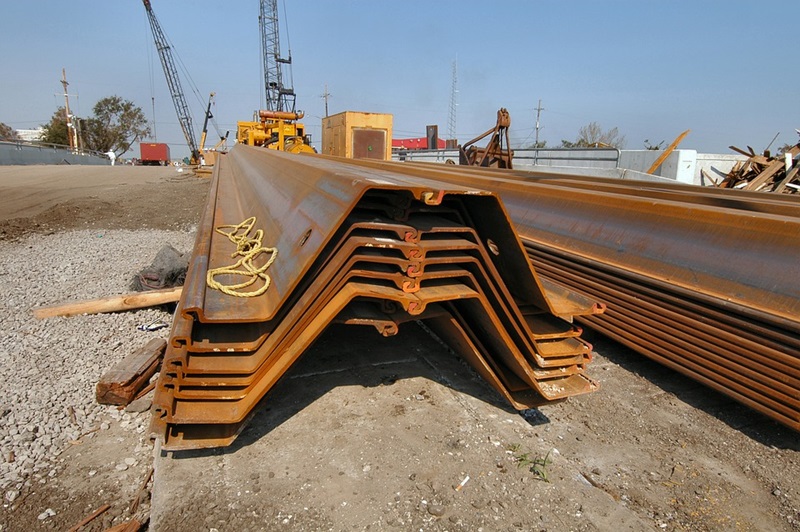Digital transformation is happening in all industries and in the construction sector as well. Although this transformation is inevitable, are there any benefits? In this article, we like to discuss the benefits of digital transformation in the construction industry that seems like a huge change in the entire sector.

Construction is one of the worlds’ digitized sectors. The digital transformation in the construction industry may introduce mobile device management, enterprise resource management, blast management, risk management, and transportation route management in every phase of the construction process. One of the best-considered benefits of digital transformation, which can not be ignored, is building 3D environments, user experience, 3D reconstruction, laser scanning, and construction BIM visualization. Beyond the construction phase, we can even see the use of technological tools in building maintenance such as building automation tools.
Digitalization requires hardware, software, and competent professionals.
Why does Construction need Digitalization?
- Reduces operational costs
- Reduces human mistakes
- Increases efficiency and productivity
Digitalization in the construction sector aims at achieving sector-specific tasks which are common for many leading countries around the world. A talented and diverse workforce, efficient and technologically advanced, low carbon and green construction exports and growth across the economy are some of the goals to achieve through digitalization in the construction industry. As per industry experts, the digital transformation in the industry is the way forward to achieve these goals within the next few years.
Benefits of Digital Transformation
Here we are unlocking the benefits of digital transformation in Construction.
- Better Collaboration
Digital Collaboration can get access to that information so the job can move faster and can be done. It is about getting the information no matter where you are, whether you are around the world, and empowering everybody on the project theme. Working in a shared data environment is the tip for better collaboration. The standard data environment is a centralized, singular source of truth for the project. In this way, you can centralize that information in an electronic form in which everyone is contributing to that project and looking at the same set of information. The common data environment enables collaboration; it is ultimately about collaborating on the project to get the information in a unified way.
- Risk Mitigation and safety on-site
Working in Construction is not really like walking in the street and seeing a building project that you had a hand in contributing to come to life. Risk management aims to increase the likelihood of achieving the goals of the project while minimizing the negative effects of possible risks. By using digital transformation, you can mitigate the risks in the construction industry. The use of new digital technology like laser scanners and laser distance meters has reduced risky situations and provides detailed information.
- Increased Productivity
According to a recent Mckinsey report, construction spending accounts for 13% of the world’s GDP. However, the sector annual productivity growth has only increased by 1% over the past 20 years. Digital Technology is the key player that can help us to increase productivity in the construction industry. Digitalization in the construction industry uses digital tools, planning, designs, construction operation, and management of the building environment.
- Improved quality of buildings
CAD or Computer Aided Design tools are the most well-known digital technologies extensively used in architecture and engineering for design, drafting, and documentation. Its advantages include high accuracy, easy modification, easy scaling, flexible drawing size, import and export, and compatibility and integration with other digital technologies. Well, CAD helps in the improved quality of buildings as it allows you to make the perfect design of your structure. And, don’t forget the BIM integration and its benefits too.
Conclusion:
In a nutshell, there are many benefits of digital transformation in the construction industry. Therefore, competency in digital tools is important for construction professionals and this requires lifelong learning as every year, new emergence of software appears, and better and more accurate tools show up in the market. Hence, a shift to digital technology is essential and inevitable, so more companies are adopting digitalization. If your construction company is not yet digital ready, it is time to start the transformation.

 by
by 

